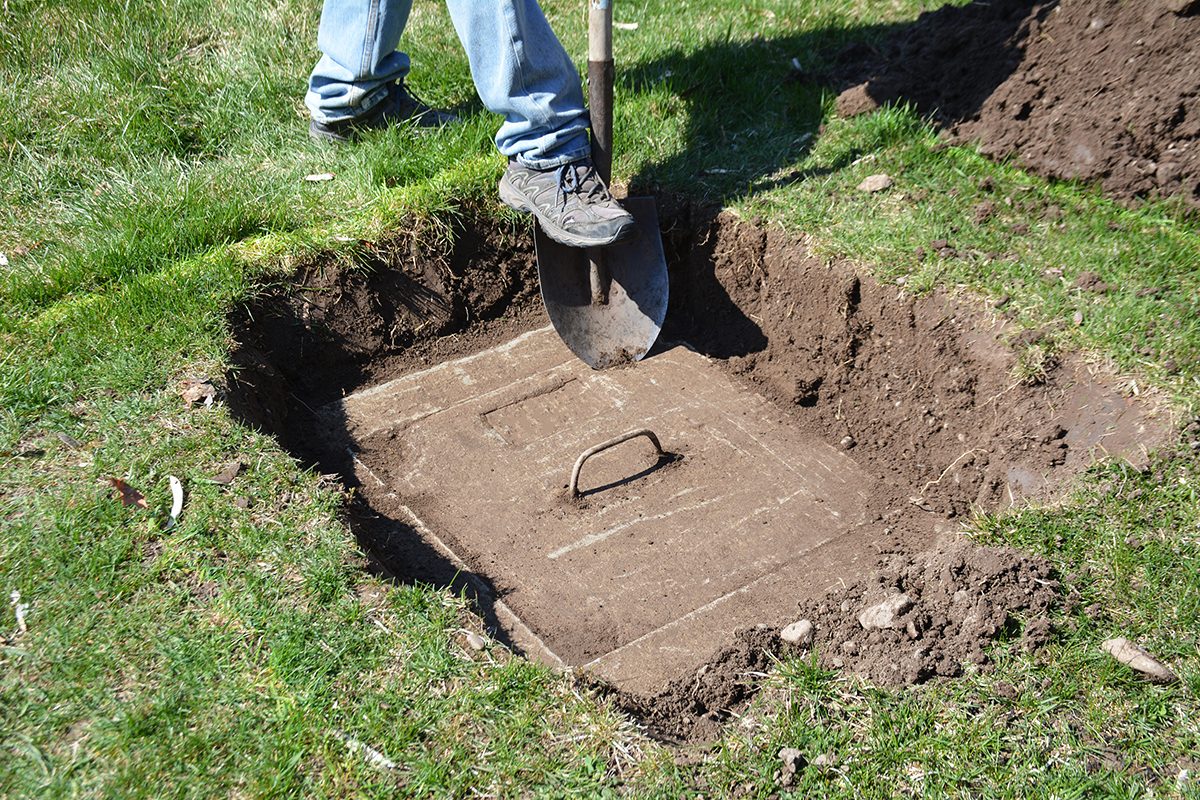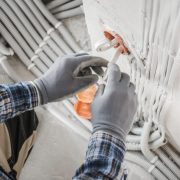Septic tanks are essential in managing and treating household wastewater in rural areas not served by centralized sewage systems. These underground tanks collect and decompose organic matter, allowing for wastewater disposal safely. Just like any other component of a household, septic tanks require regular maintenance to function efficiently. The crucial aspect of this maintenance is septic tank cleaning. Septic tank cleaning involves removing accumulated sludge, scum, and other solids into the tank to prevent blockages and system failure. Neglecting this requirement can lead to several problems, such as clogged drain fields, sewage backups, and foul door Therefore, understanding why septic tank inspections matter and how to conduct them is essential for homeowners.
Conducting a thorough septic tank inspection
Examining a septic tank may not be an intricate undertaking, yet it necessitates meticulousness and strict adherence to specific protocols.
Locate and expose the septic tank – To locate the septic tank on your property. Most tanks are buried underground, so you may need to refer to the property records or seek professional help if you’re unsure of its exact location. Once you’ve found the tank, carefully expose the access lids or manhole covers.
Check for structural integrity – Inspect the tank’s exterior for any signs of damage including cracks, leaks, or corrosion. These issues compromise the tank’s structural integrity and may require immediate repair or replacement.
Measure sludge and scum levels – Use a septic tank probe or a specially designed tool to measure the depth of sludge and scum layers inside the tank. These layers should ideally be no more than one-third of the tank’s total depth. Excessive accumulation of sludge and scum indicates the need for septic tank cleaning.
Assess inlet and outlet baffles – The entrance and exit baffles regulate the movement of wastewater into and out of the septic tank. These baffles are intact and free from blockages. Any damage or obstruction disrupts the proper functioning of the tank and should be repaired promptly.
Check for drain field issues – The drain field is responsible for further treatment and dispersal of wastewater from the septic tank. Inspect the area around the drain field for signs of excessive moisture, odor, or pooling water. These indicate drain field septic tank problems it may require professional assistance.
Consider hiring a professional – While conducting a septic tank inspection on your own is possible, it’s always beneficial to engage the services of a professional septic tank cleaner. They have the expertise and equipment necessary to perform a comprehensive inspection and address any identified issues effectively. Regular septic tank inspections, together with timely cleaning and maintenance, are crucial for ensuring your septic system’s longevity and optimal performance. By being proactive and taking the necessary steps to keep your septic tank clean, you can avoid costly repairs, prevent environmental contamination, and enjoy a healthy and functional wastewater management system.












Comments